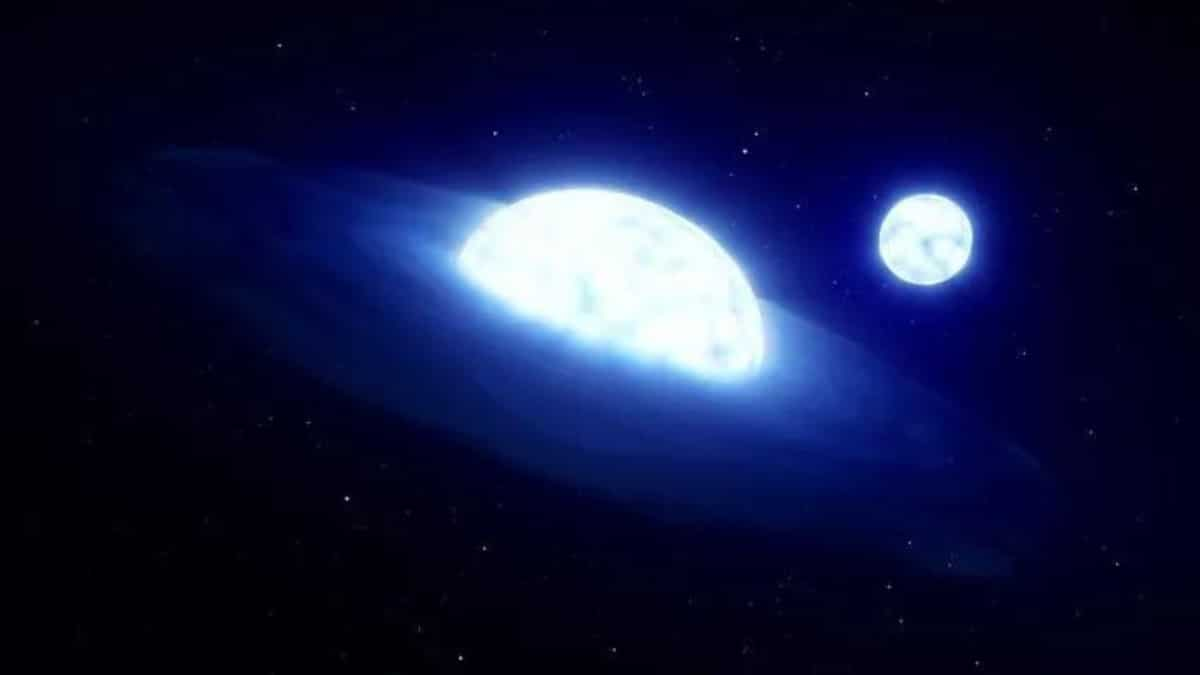
A recent finding by a team of scholars might revolutionise how astronomers comprehend some of the universe’s largest and most common stars. They studied some of the Milky Way’s brightest and hottest stars and found that theorised binary systems consisting of a fast-rotating star feeding off a companion may actually be trinary systems.
For instance, systems with a drained husk of one star lurking in the larger star’s glow and a second companion nearby. The team of scientists analysed data from the European Space Agency (ESA) Gaia mission. The findings hint at the positions of a thousand million stars throughout the Milky Way.
While analysing the data, the research by PhD student Jonathan Dodd and Professor René Oudmaijer, from the University’s School of Physics and Astronomy, highlights a piece of new evidence that massive Be stars could in fact be “triples” and such triple-star systems could be far more common than we thought.
trending now
Be stars, also known as ‘stellar vampires’, are until now mainly thought to exist in double stars. Previous studies have stated that Be stars are a diverse group of stars with B spectral types and emission lines. A non-supergiant B star with one or more Balmer emission lines is often known as a classical Be star.
Be stars were found about a century and a half ago, in 1866. They are surrounded by a characteristic disc made of gas – similar to the rings of Saturn, but the formation of discs surrounding these enormous stars has remained a mystery.
So far, astronomers have agreed that the discs are generated by the rapid spinning of the Be stars, which can be caused by the stars interacting with another star in a binary system.
Dodd said: “The best point of reference for that is if you’ve watched Star Wars, there are planets where they have two Suns.” But scientists claim that by studying data, they have discovered evidence that these stars actually exist in triple systems, with three bodies interacting instead of simply two.
Dodd added: “We observed the way the stars move across the night sky, over longer periods like 10 years, and shorter periods of around six months. If a star moves in a straight line, we know there’s just one star, but if there is more than one, we will see a slight wobble or, in the best case, a spiral.”
“We applied this across the two groups of stars that we are looking at – the B stars and the Be stars – and what we found, confusingly, is that at first, it looks like the Be stars have a lower rate of companions than the B stars. This is interesting because we’d expect them to have a higher rate.”
However, Prof Oudmaijer said: “The fact that we do not see them might be because they are now too faint to be detected.”
